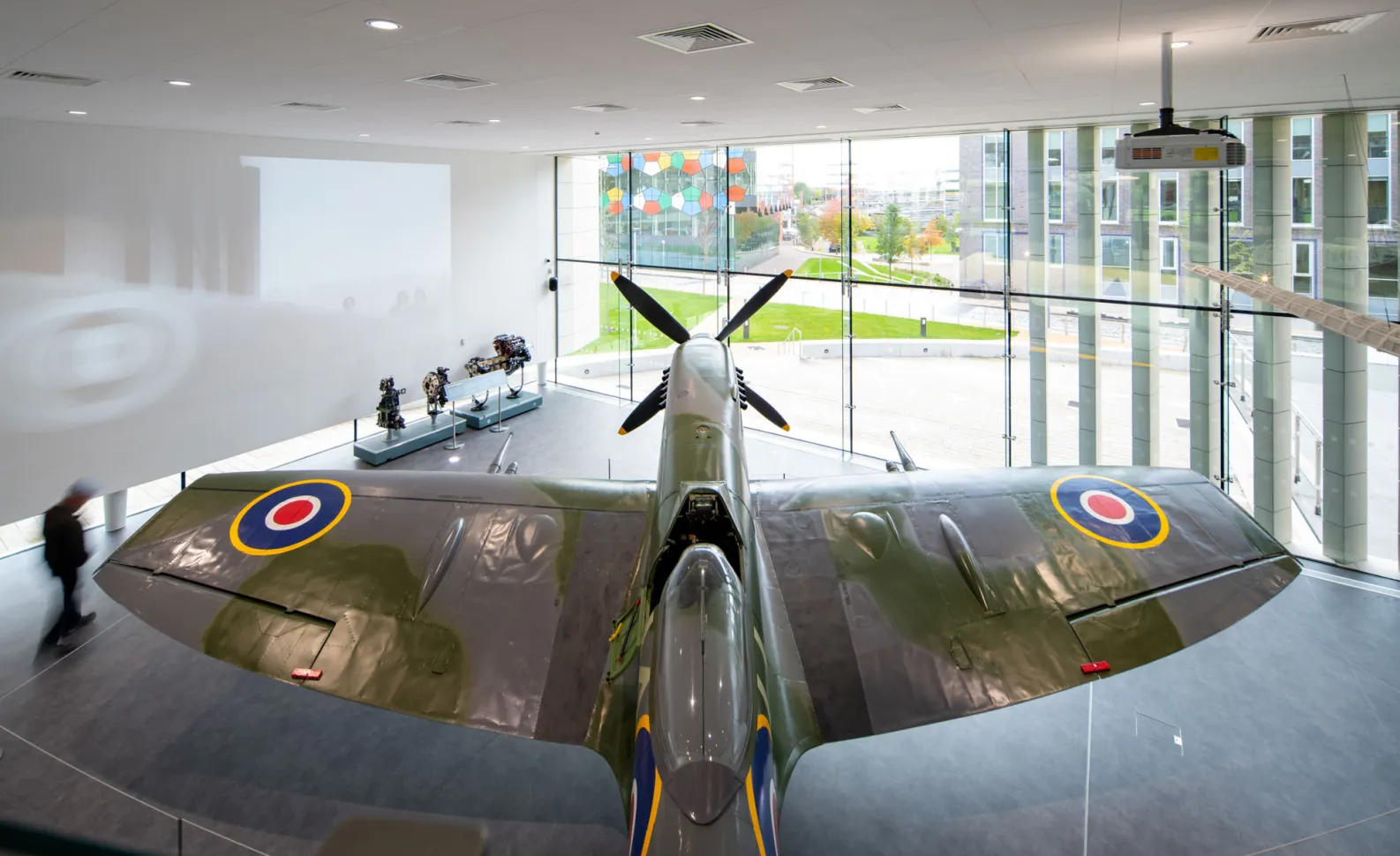Insight
Applying circular economy principles to the culture and heritage sector
18 Jun 2025

Jonny Burke
Associate Circular Economy Consultant
At Pick Everard, our circular economy specialists work across the built environment to deliver sustainable, resource-efficient solutions. We embed closed-loop design principles throughout our projects, aiming to minimise waste, reduce carbon impact, and maximise the lifespan and recoverability of materials and assets.
Our multi-disciplinary approach focuses on retaining existing structures and materials, reducing reliance on virgin resources, and designing for long-term adaptability and future reuse.
Understanding Sector-Specific Challenges
The culture and heritage sector faces distinct challenges in applying circular economy principles. Organisations typically manage two asset types: long-life, often listed buildings and galleries; and shorter-lived, component-based exhibitions involving furniture, plinths, storage units and more – much of which is bespoke and often discarded after initial use.
These constraints, alongside curatorial and conservation requirements, demand a tailored circular economy approach – one that balances the ambition to reduce waste and environmental impact with the practicalities of asset longevity, heritage status and budgetary limitations.
As Eric Langham, Vice Chair of the Association for Heritage Interpretation, notes:
“This circular model doesn’t just reduce waste; it bridges the gap for institutions with limited budgets, unlocking access to high quality interpretive resources.”
A Practical Workflow for Circular Design
To support cultural and museum clients, we have developed a clear, eight-step workflow that illustrates how circular principles can be embedded in projects from the outset. The process helps identify viable circular opportunities, set targets, and measure success.
Key stages include:
- Setting clear circular economy objectives in the project brief, including potential targets for reused content or embodied carbon savings.
- Undertaking a resource recovery audit to review existing site materials and assess reuse or retrofit potential.
- Assessing design options against circular goals as part of early-stage sustainability appraisals.
- Mapping material flows and grouping them by intended lifespan to tailor design strategies accordingly.
- Designing out waste through standardisation, supplier take-back schemes, or operational efficiencies.
- Substituting virgin materials with reused or low-impact alternatives, using networks like CAN, Freecycle and MuseoCycle.
- Designing for durability in long-lived assets to maximise operational life and ease of maintenance.
- Designing for reuse and modularity in short-lived assets to facilitate repair, repurposing and shared use post-project.
This structured approach ensures that circular thinking is embedded from project initiation through to delivery.
Designing a Sustainable Future
There is growing momentum across the cultural sector to adopt circular models – not only to reduce waste but to address budget constraints and meet sustainability goals. Reuse networks are becoming more visible, but consistent adoption across the industry remains limited.
By embracing structured, scalable approaches to circular design, the culture and heritage sector has a unique opportunity to preserve the past while actively designing for a more sustainable future.
Find out more
To explore how circular economy principles can be applied to your cultural or museum project, or to request a copy of our sector-specific workflow, please contact our sustainability team. We’re here to help deliver positive and lasting legacies for every stage of your project.

Speak to our team
Culture and heritage
We preserve our heritage by carefully maintaining and protecting historic buildings and cultural sites.
